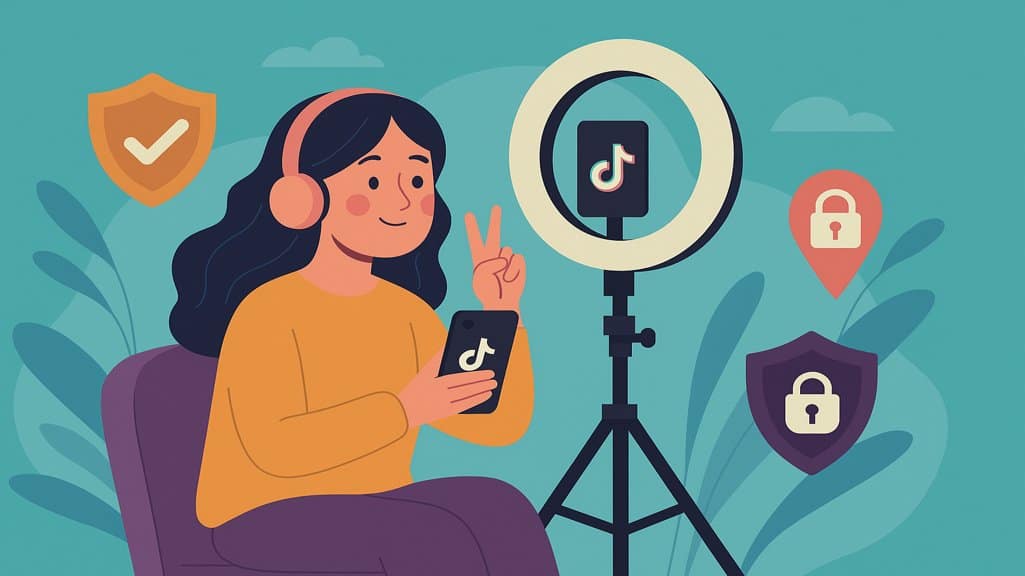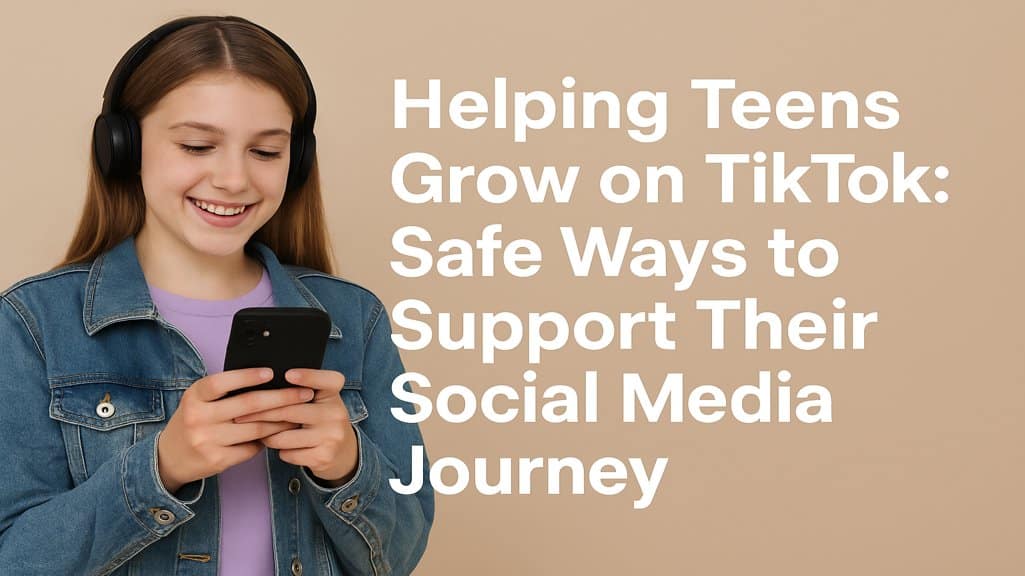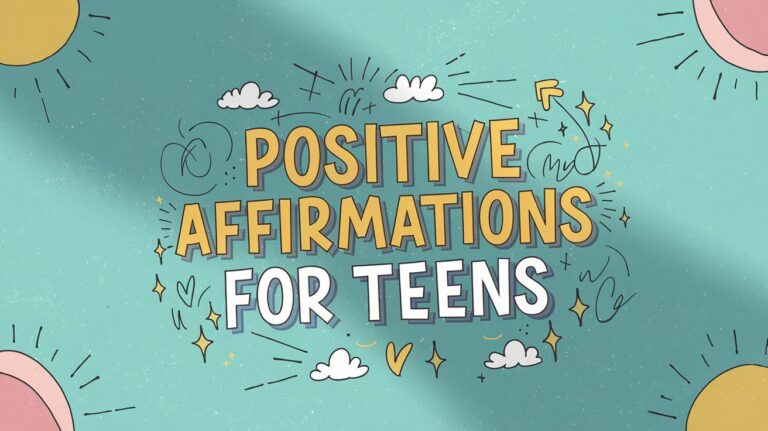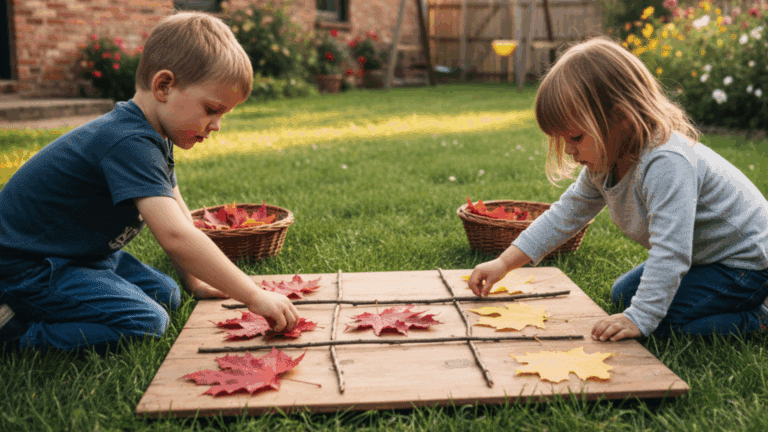Helping teens grow on TikTok means balancing creative opportunities with online safety. The platform has quickly become one of the most influential spaces for young creators to express themselves, showcase their skills, and connect with peers. Yet with this opportunity comes the challenge of navigating visibility, interaction, and content safety.
Parents, mentors, and educators often raise valid concerns. How can teens grow their audience without compromising privacy? What strategies help them stand out in a saturated platform while keeping their mental well-being intact? In this post, we’ll explore safe, effective ways to support a teen’s TikTok journey—covering healthy engagement, audience growth, algorithm awareness, and content practices that encourage sustainable and secure success.
Encouraging Healthy Engagement
TikTok’s algorithm thrives on interaction, but there is a fine line between healthy engagement and unhealthy screen habits. For teens, spending hours scrolling or replying to comments can feel productive but may lead to burnout, distraction from schoolwork, or mental fatigue.
Encouraging healthy engagement starts with setting expectations. Families can help teens schedule specific time blocks for creating and responding to content. For example, a teen influencer might dedicate two short sessions per day to post updates and reply to comments, keeping the rest of their day free from constant notifications.
Schools and digital literacy programs are also addressing this challenge by teaching students about the impact of algorithmic content cycles. By making engagement intentional rather than impulsive, teens can maintain balance, improve the quality of their posts, and avoid unnecessary stress.
Managing Growth and Audience Exposure on TikTok
Growth on TikTok is more than just numbers—it’s about maintaining control over how content reaches people. For young creators, audience exposure must be managed in a way that supports their personal comfort levels and safety. Privacy settings, selective collaborations, and careful choice of hashtags all play a role in determining who sees their videos.
As growth picks up, understanding different visibility strategies becomes important. Some creators choose to rely exclusively on organic reach, posting consistently and leveraging trends to connect with audiences naturally. Others explore safe, well-reviewed options such as buy followers on tiktok to supplement their growth. While the priority should remain on authentic engagement, knowing how these tools work helps parents and teens make informed decisions about when and how to expand their audience responsibly.
Fostering Creativity While Maintaining Safety

Creativity is the heart of TikTok, and supporting teens means encouraging them to take creative risks in a safe way. This can include experimenting with different formats such as storytelling videos, trending challenges, or educational clips. But creativity must be matched with protective measures to prevent oversharing or unintentional exposure.
Practical safety steps include avoiding real-time location tags, turning off unnecessary direct messages, and ensuring all shared content aligns with personal values. For example, a teen passionate about cooking might focus on recipe videos, tutorials, and ingredient reviews rather than sharing details about their daily routine.
Many teen creators have successfully built audiences by focusing on niche topics, like dance tutorials or short comedy skits, without compromising privacy. These examples show that safety and creativity can coexist—and often lead to stronger, more loyal communities.
Guiding Them Through Algorithm Awareness
The TikTok algorithm is both a powerful growth tool and a potential source of risk. It curates content based on watch time, likes, comments, and interactions. Teens who understand how the algorithm works are better equipped to shape their feeds and avoid exposure to harmful trends or inappropriate material.
Mentors and parents can guide teens in training their algorithm. For example, a teen passionate about photography can intentionally engage only with photography-related videos—liking, commenting, and sharing them—to ensure the platform suggests relevant, inspiring content.
This awareness also helps teens understand how to grow their own audience. By posting consistently within a niche and engaging with similar creators, they signal to the algorithm the type of audience they want to reach, increasing the chances of their videos appearing on the right “For You” pages.
Encouraging Collaboration and Positive Networking
Collaboration on TikTok can be an incredible tool for growth, but it comes with its own set of rules for safety. Teens should be encouraged to collaborate with peers or creators who share similar interests and values. Group challenges, duet chains, and themed hashtag campaigns can help them grow their audience without putting themselves in uncomfortable situations.
Youth organizations and schools are also beginning to organize safe, monitored “collaboration weeks,” where students create content together under specific themes. This not only expands their creative horizons but also teaches cooperation, respect, and responsible digital interaction.
FAQs
How can I monitor my teen’s TikTok activity without invading their privacy?
TikTok’s Family Pairing feature allows parents to set controls, limit content types, and monitor activity while giving teens independence to manage their own creative space.
What are safe topics for teens to create TikTok content about?
Topics such as hobbies, educational tips, music, sports, art, tutorials, and positive challenges allow teens to be creative without exposing sensitive personal details.
How much screen time is healthy for teens using TikTok?
Most digital health experts recommend limiting social media use to 1–2 hours daily, ensuring time is balanced with schoolwork, physical activity, and offline hobbies.
How can teens avoid harmful interactions on TikTok?
Privacy settings, restricted direct messages, proactive blocking of harmful accounts, and reporting inappropriate interactions are effective strategies.


















